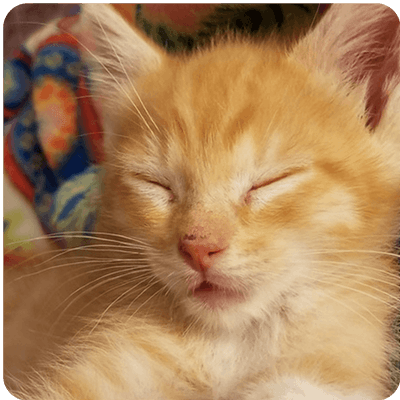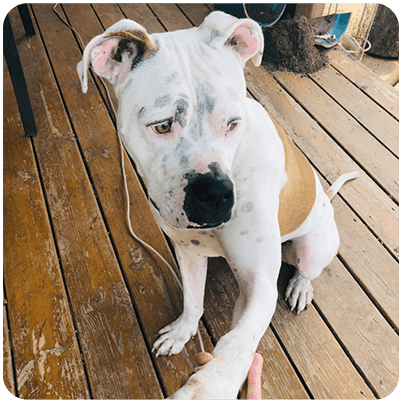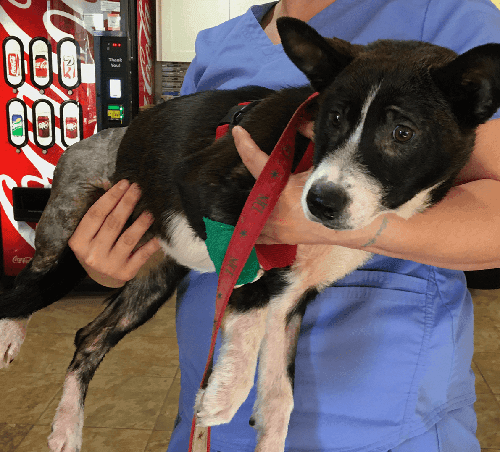

Who We Are
Formerly known as Bastrop County Animal Shelter Helpers, we’ve changed our charity’s name to Shelter Pet Safety Net. Everything else is exactly the same! We have the same mission, strategy, programs, and leadership.
We fund emergency medical care for sick and injured animals admitted to the Bastrop County Animal Shelter.
We help homeless dogs and cats in Bastrop County, Texas by reducing the need for sheltering, aiding the animals in the county shelter, and helping sheltered animals get adopted.
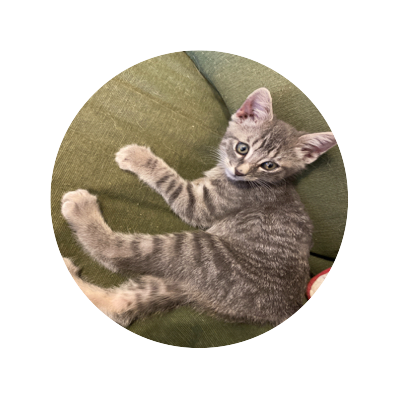
Shelter Animals Received Medical Funding

Unwanted Pets Prevented by SPSN

Shelter Resources Funded by SPSN

Homeless Animals Rescued by SPSN
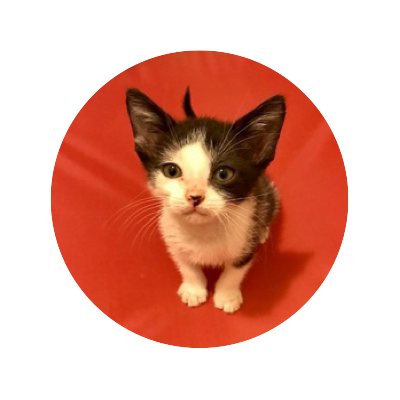
Foster and Pet Owner Support
Frequently Asked Questions
Is Shelter Pet Safety Net the same charity as Bastrop County Animal Shelter Helpers?
Yes. We changed our name, but everything else is the same.
Can you help with my pet's medical expenses?
Unfortunately, we do not have funding to assist pet owners with pet medical expenses – we can only assist with spay/neuter surgery cost. There are many options for getting your pet vaccinated at low cost in Bastrop County, see our link here. Many veterinarians offer credit to help pet owners pay for medical expenses. There is also a lot of variation in medical costs at different medical practices. SPSN often sends animals to Fayette County Veterinary Clinic for good care at lower cost.

Read how the Shelter Pet Safety Net charity is helping and giving back in our community News:
For the Love of Pets, Foster a Shelter Pet Today!
What is a foster pet parent? A foster pet parent is an animal loving person willing to open their home to a pet in need. What does a foster parent do? He/she provides food, water, shelter and socialization for the pet in need. Where can I go to foster a pet? You...
Caring for Older Cats
Geriatric cats are at increased risk for metabolic disorders such as hyperthyroidism, diabetes and chronic renal failure. For this reason, it’s important to monitor your cat’s water consumption…and to monitor litter-box output. If you see changes in either of these...
How to ‘age’ a cat?
The American Association of Feline Practitioners classifies our aging cats as: “mature” or middle age (7-10 years); “senior” (11-14 years) and; “geriatric” (15+ years). Two of the most important things for your senior cat are regular vet visits and weight control. ...
